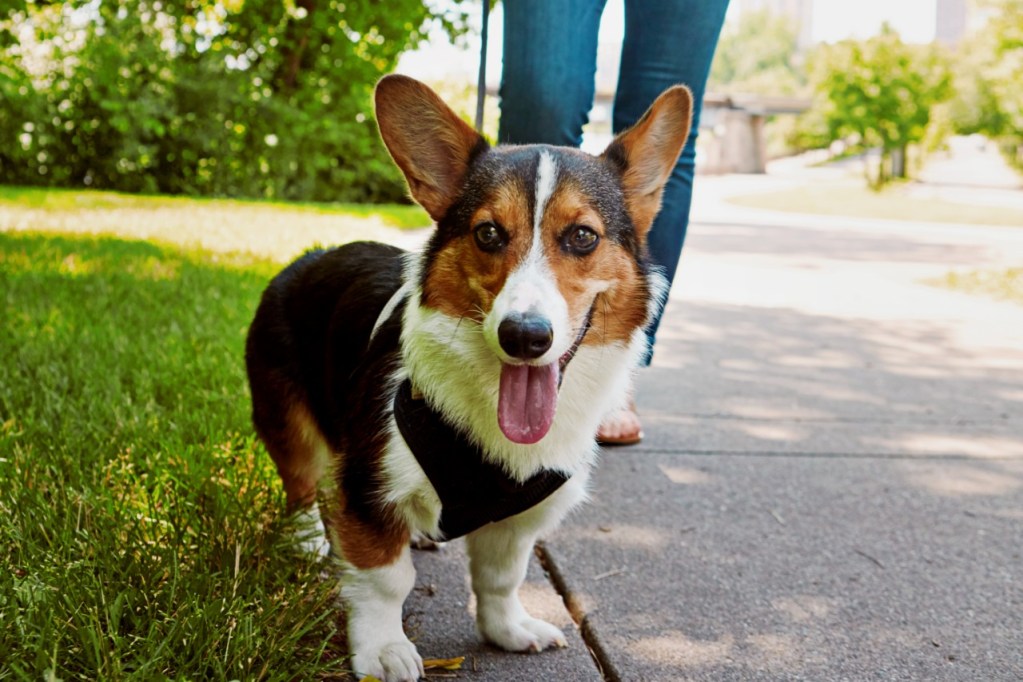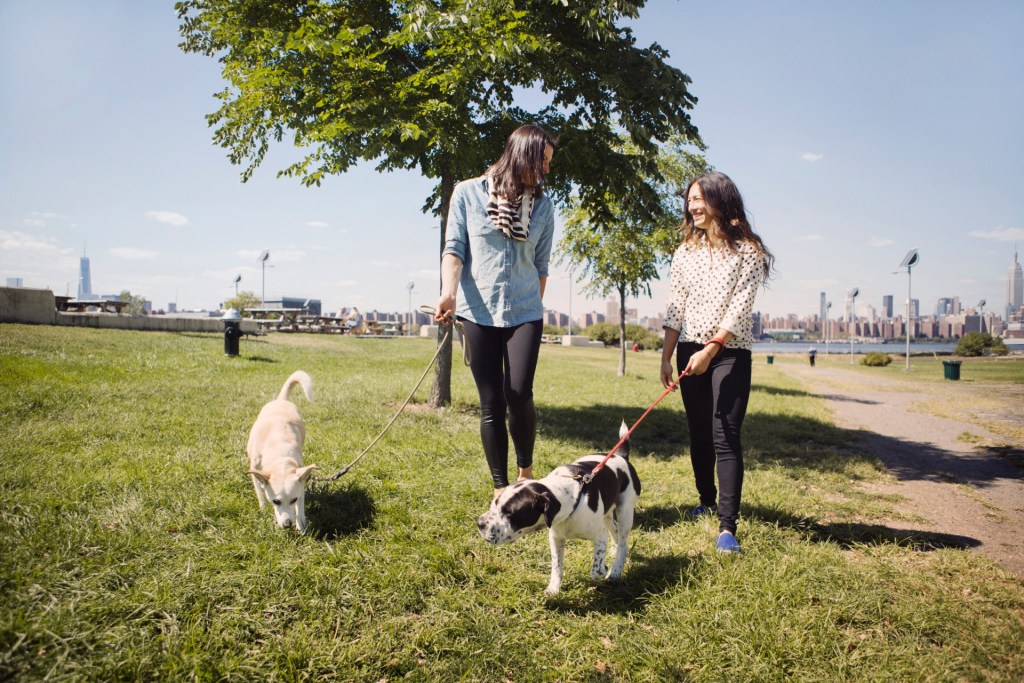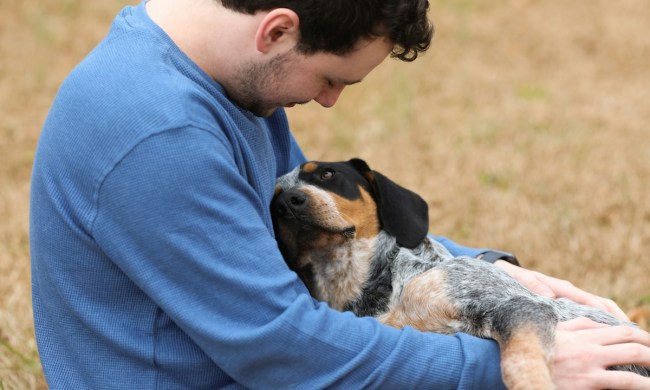In the summer months, the temperature rises, as does the number of sunny days. This combination can make dog walks less enjoyable — both for owners and dogs. Have you been wondering how to keep your dog cool on walks around the neighborhood? Keeping them off the hot pavement is one way. Learn how to keep your dog cool and why this aspect of dog care is important in this article.

All about paw pads
Most dogs have six paw pads on each foot — one under each claw (except the dewclaw), called the digital pads, a large central pad called the metacarpal pad, and another that does not touch the ground and is higher up the leg, called the carpal pad. Unlike humans, dogs do not have sweat glands on their skin, but they do have them on their paw pads. One way that dogs keep cool is by sweating through their paws. Paw pads also protect your dog from rough terrain. That means it is crucial that their paw pads, especially those that touch the ground, remain protected in the heat. Plus, your dog does step on them every time he walks around. Imagine how painful it would be to walk around with your feet burned! Dog safety isn’t too hard to master once you learn what is required of you.
Dangers during the summer
Summers can get quite hot, depending on where you live. And concrete and asphalt can get even hotter than the air — by 30 F or more at times! To test how hot a sidewalk is, try placing your hand on it for at least 10 seconds. If you can do so without needing to remove your hand from the heat, then the surface is probably safe for your dog to walk on. Aside from the heat, other dangers to your dog’s paws lurk in nature. Sand also gets quite hot. Broken glass and rocks can cut a dog’s paw pads. Stickers and burrs can become wedged between toes, which can be quite painful to a dog. Be aware of your surroundings while walking your dog. If you wouldn’t walk somewhere barefoot, don’t make your dog walk there barefoot, either.
How to identify injured paw pads
Even if you take precautions, sometimes your dog’s paws are going to get injured. If you notice your pet limping or dragging their feet, you should immediately take them off of the pavement and inspect the affected paw for injuries. If their paw pads are red or pink, blistered, or have pieces missing, they are likely burnt. You should seek veterinary care for your dog as soon as possible if you notice any of those signs. If you don’t see any evidence of burns, make sure there’s nothing stuck between your dog’s toes. If not, you may still want to seek veterinary care to figure out why your dog is walking oddly.
Methods for beating the heat

Luckily, there are ways to keep your dog cool during summer walks. The easiest thing to do is to walk on grass instead of on sidewalks or the road. If you don’t have grass in your neighborhood, drive to a nearby grassy park and walk your dog there. Another way to avoid the heat is by not walking your dog during the hottest times of day — which are usually around noon and the early afternoon. You can make your dog’s paw pads stronger by walking them often on pavement during the cooler months. This will make them callused and less prone to injury. You can also put booties on your dog to protect their paws from the heat as well as any sharp objects. Also note that no matter which method of avoiding heat you choose, your dog’s paw pads will be more sensitive after they’ve been in the water, so be mindful of taking walks right after your dog has been swimming or bathed.
Types of dog booties
Consider getting dog shoes for summer months. Dog booties come in a variety of styles and materials. Some are designed exclusively for cold or hot weather, while others are suitable for all seasons. Fleece-lined booties, for example, might be too warm for the hot summer months. Pick booties made of a breathable but protective material to use during the summer. Some dog booties are easy for cunning dogs to remove, so consider getting booties that have multiple Velcro straps to ensure they stay on. Plus, once you’ve invested in a good pair of booties, you can take your dog hiking or to play in the snow without fear of injury!
Keeping your dog cool in the summer doesn’t have to be difficult. With the proper precautions, you can avoid painful burns for your dog and painful vet bills for you. Just keep our recommendations in mind and you’ll have a comfortable, protected dog in no time! Dog safety is intuitive once you’ve made the right preparations.


